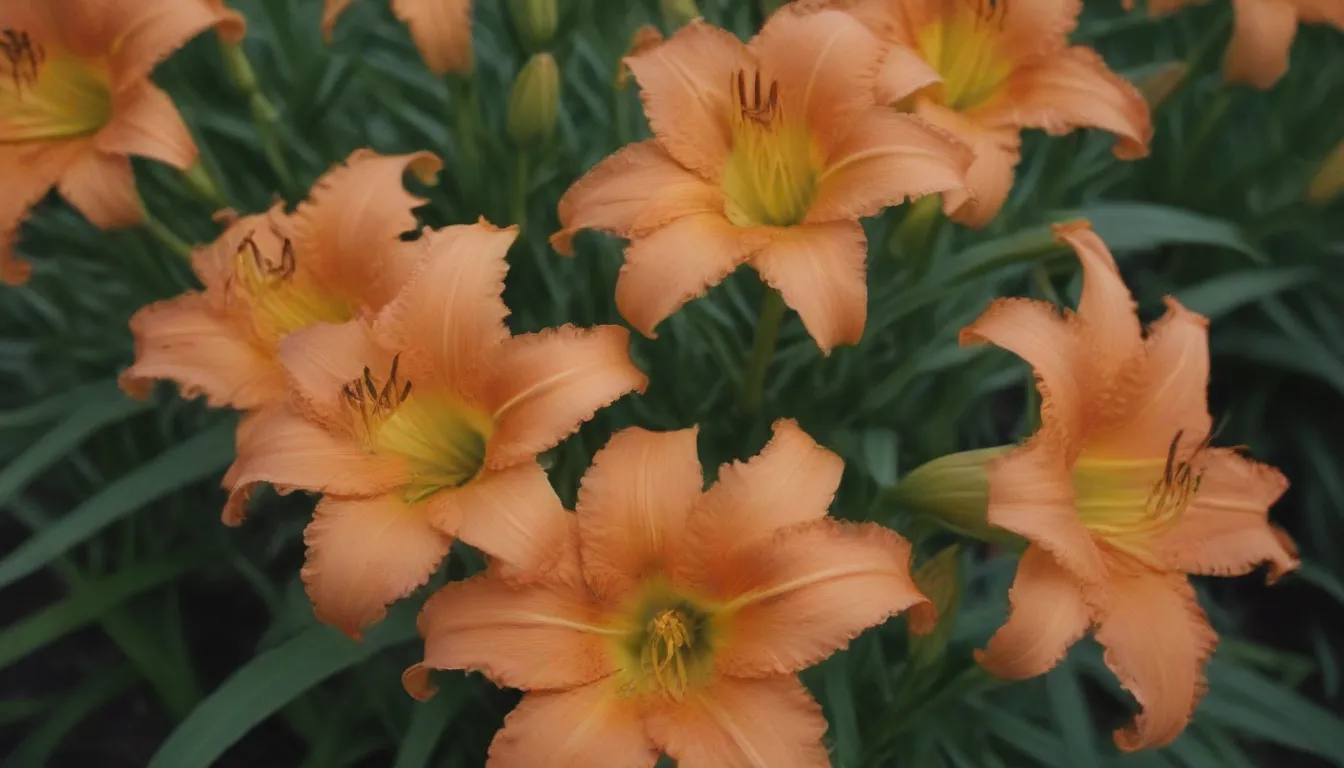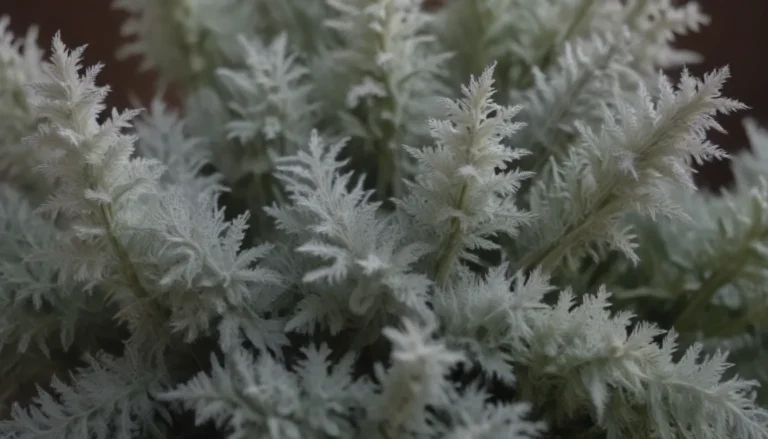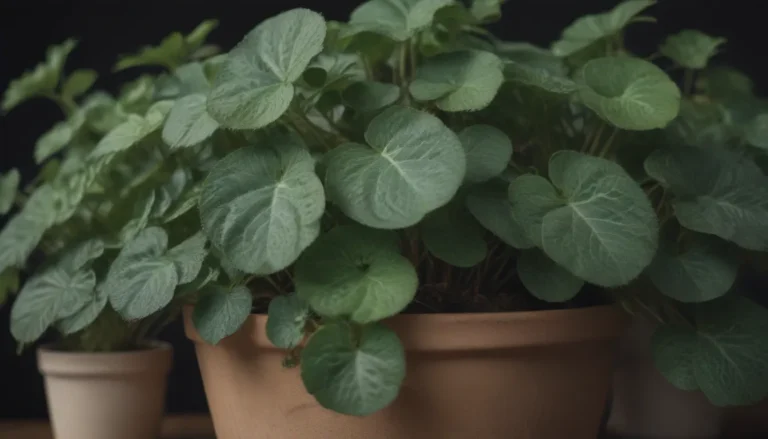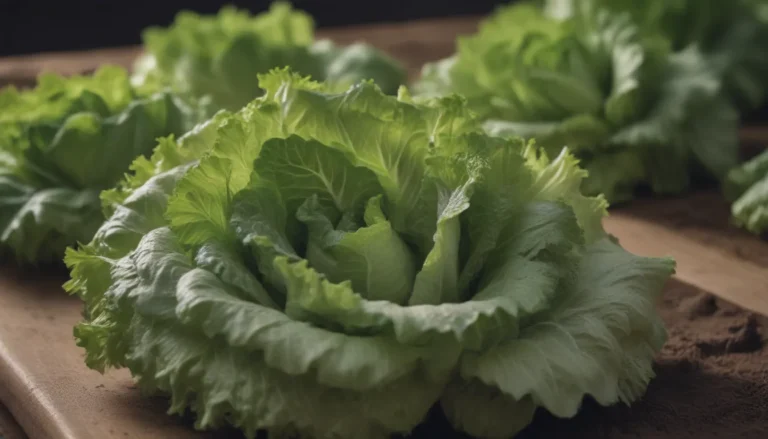A Comprehensive Guide on How to Grow and Care for Orange Daylily

Welcome to our in-depth guide on growing and caring for the beautiful orange daylily (Hemerocallis fulva), also known as the common daylily. This low-maintenance, showy perennial is a delightful addition to any garden, with its striking bright orange trumpet-shaped flowers that bloom in the summertime. In this article, we will provide you with valuable information on how to successfully grow and care for orange daylilies in your own garden.
Planting Orange Daylilies
Planting orange daylilies is a simple process that can be done in the spring as soon as the soil thaws or in the early fall, at least six weeks before the first fall frost date in your area. These plants have a rapid growth rate and may be considered invasive in some regions, so it’s important to be mindful of where you plant them. Additionally, it’s essential to note that orange daylilies are toxic to cats, so take care when planting them in areas accessible to pets.
Orange Daylily Care
Caring for established orange daylilies is a breeze, as they are relatively low-maintenance plants. Here are some tips for caring for your orange daylilies:
- Pruning and Dividing: Occasional pruning and dividing are recommended to keep your plants healthy and vigorous. You can remove spent flower stalks and unsightly foliage to maintain a tidy appearance.
- Watering: Water your daylilies during prolonged dry spells to keep the soil moist but not waterlogged. Once established, mature daylilies are drought-tolerant and require minimal watering.
- Soil and Sunlight: Orange daylilies thrive in full sun, so be sure to plant them in a location that receives at least six hours of direct sunlight daily. They prefer organically rich, moist soil with good drainage and a slightly acidic to neutral pH.
Types of Orange Daylilies
There are several varieties of orange daylilies, each with its own unique characteristics. Some popular types include:
- ‘Europa’
- ‘Kwanso’
- ‘Kwanso Variegata’
Growing Orange Daylilies From Seed
If you’re interested in growing orange daylilies from seed, you can either direct sow them in the spring once the ground has thawed or start them indoors. Plant seeds in a moist seed-starting mix about 1/2 inch deep and keep the soil consistently moist. Germination typically occurs within two weeks, and you can then transplant the seedlings outdoors once they are established.
Potting and Repotting
Growing orange daylilies in containers is easy and requires minimal effort. Choose a container with drainage holes and use a potting soil mix to ensure proper drainage. Repotting may be necessary as the plant grows, so select a container that accommodates the plant’s mature size to avoid disturbing the roots.
Overwintering
As winter approaches, leave the foliage in place to protect the roots and insulate them from the cold. Remove any plant debris in the early spring to promote new growth. Orange daylilies are hardy plants that can tolerate winter temperatures well below freezing.
Common Pests and Problems
Orange daylilies are relatively resistant to pests and diseases, but you may encounter issues such as aphids and thrips. Treat any pest infestations with a strong spray of water or insecticidal soap. Additionally, address common problems like yellowing or browning leaves by adjusting watering and sunlight exposure.
Conclusion
In conclusion, growing and caring for orange daylilies is a rewarding experience that can add beauty and color to your garden. By following the tips and guidelines outlined in this comprehensive guide, you can cultivate healthy and vibrant orange daylilies that will brighten your outdoor space for years to come. Enjoy the beauty of these stunning flowers and watch them thrive in your garden!





